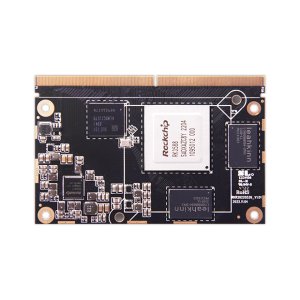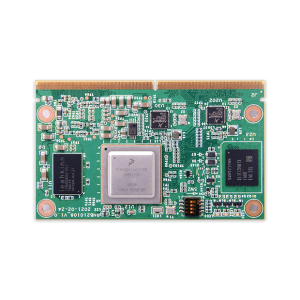How Computer on Modules Are Shaping the Future of Edge Computing
How Computer on Modules Are Shaping the Future of Edge Computing
Blog Article
Edge processing has emerged as a innovative tendency in the tech business, permitting faster knowledge control and paid off latency by taking computational power nearer to wherever data is created. An integral development fueling this change is the rise of module computer which are small, successful, and adaptable processing models designed to combine effortlessly into tailored hardware systems.

The Position of Pc on Adventures in Edge Research
Pc on Modules have grown to be vital in side processing because of the power to improve equipment style while maintaining sturdy handling capabilities. According to a recently available record by MarketsandMarkets, the worldwide side research market is estimated to grow from $40.84 billion in 2021 to $132.11 million by 2026, with COMs playing an important position in this expansion.
These adventures are specially impactful in industries requesting real-time knowledge evaluation at the edge. As an example, the transportation market utilizes COMs in autonomous vehicles for real-time decision-making, while clever towns release them to manage systems like traffic movement and power distribution.
Small and Flexible Design
One of the standout features of Computer on Adventures is their small and modular design. This permits designers to combine high-performance research power into edge devices without the necessity for extensive equipment redesign. A review by IoT Analytics unearthed that 68% of businesses implementing IoT alternatives consider modular hardware like COMs critical for rapid implementation and scalability.
COMs also help personalized adjustments, creating them suited to a wide selection of applications, from industrial automation to healthcare. Their power to adapt to unique needs is just a driving force behind their adoption in edge processing systems.
Power Efficiency and Efficiency
Side computing units usually run in surroundings with limited power resources. COMs address that concern by giving enhanced power efficiency without limiting on computational strength. A study by Allied Market Research highlighted that energy-efficient side processing solutions are predicted to take control the field through 2030, placing COMs as a vital component for reaching that goal.
Also, with advancements in processors and incorporated design, COMs today provide the efficiency required for AI-driven programs at the edge. This not merely improves real-time functions but in addition reduces dependence on centralized cloud systems.
Why the Future Belongs to COMs
With world wide data era estimated to attain 175 zettabytes by 2025, side computing is defined to be much more built-in than ever. Computer on Modules offer an adaptable, energy-efficient, and scalable option for running this influx of data. Their relevance across varied industries like healthcare, manufacturing, and telecommunications just underscores their pivotal position in surrounding the ongoing future of edge computing.
COMs are no more only a technical trend; they're the backbone of next-generation side methods operating development and effectiveness across the globe. Whilst the need for side computing keeps growing, so may the value and influence of COMs in that rapidly evolving landscape. So, it's secure to say that Pc on Modules are here to stay and can carry on shaping the continuing future of edge computing.

Realization
Edge research is transforming the way in which we method and use data, with Pc on Modules at the forefront of the revolution. Their lightweight design, flexibility, energy efficiency, and efficiency make sure they are an ideal alternative for processing real-time information at the edge. As industries significantly rely on side research for his or her procedures, COMs may play a crucial role in driving development and efficiency in these systems. Report this page